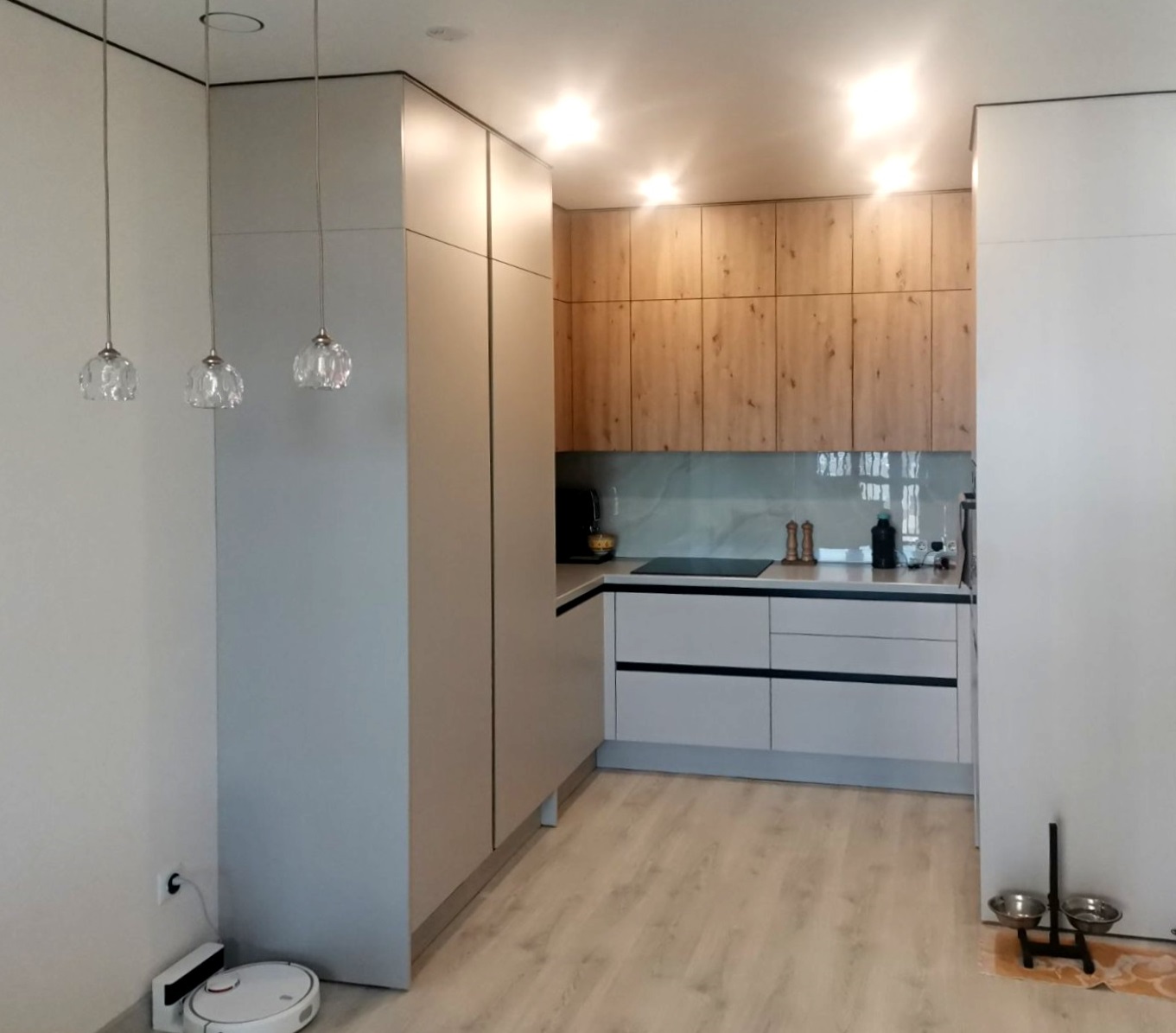
Introduction to Kitchen Design Elegance
Creating an elegant kitchen space is more than just choosing high-end appliances and finishes. It incorporates thoughtful design, cohesive elements, and an attention to detail that elevates the heart of the home into a luxurious sanctuary. Mastering kitchen design elegance is about creating a harmonious environment that is both functional and aesthetically pleasing. In this article, we will explore some key concepts and tips to help you achieve a kitchen design that exudes sophistication and class.
Understanding the Elements of Elegance
Elegance in kitchen design is often characterized by simplicity, refinement, and a timeless appeal. Elements such as color schemes, materials, and lighting all play crucial roles in crafting an elegant kitchen. Neutral palettes with touches of color, natural stone countertops, and subtle lighting fixtures can create a space that feels both tranquil and luxurious. The goal is to select components that create a seamless and well-organized look that stands the test of time.
Maximizing Function and Form
To achieve a balance between aesthetics and functionality, the kitchen layout must be carefully planned. Work zones should be defined for cooking, cleaning, and storage, with sufficient room for movement. Including multi-functional islands, intuitive storage solutions, and easy-to-clean surfaces will ensure your kitchen is not only beautiful but also practical for everyday use. Moreover, high-quality appliances that blend into the design can provide modern convenience without disrupting the visual flow of the space.
Details That Define Elegance
Mastering kitchen design elegance often comes down to the details. Cabinet hardware, backsplash selection, and faucet design are opportunities to add personality and sophistication to your kitchen. Opting for cabinet handles with a brushed finish or a uniquely patterned backsplash can serve as focal points in an elegant design. It's important to not overlook the smaller elements, as they can make a significant impact on the overall aesthetic.
Lighting: The Key to Ambiance
No elegant kitchen is complete without proper lighting. A combination of ambient, task, and accent lighting can enhance the functionality and mood of the space. For a luxurious feel, consider adding dimmable pendant lights over the island and under-cabinet LED strips for task lighting. Well-placed lighting can not only illuminate the kitchen but also highlight architectural features and decor, contributing to the elegance of the design.
Incorporating Personal Style
While trends come and go, incorporating personal style choices into your kitchen design ensures that the space truly reflects who you are. Whether it's an heirloom hutch, an art collection, or unique seating options, these items can add character and warmth to a kitchen. When personal style meets elegance, the result is a welcoming and luxurious kitchen that feels like home.
Conclusion
Mastering kitchen design elegance is a journey that combines creativity, precision, and a deep understanding of what elegance means to you. It requires meticulous planning, a sense of symmetry, and a commitment to quality and detail. By considering the various elements discussed, from the color palette and materials to lighting and personal touches, you can design a kitchen that is both magnificent and a pleasure to use every day. Remember, an elegant kitchen is more than just its appearance—it's about creating an atmosphere that embodies grace, comfort, and timeless beauty.